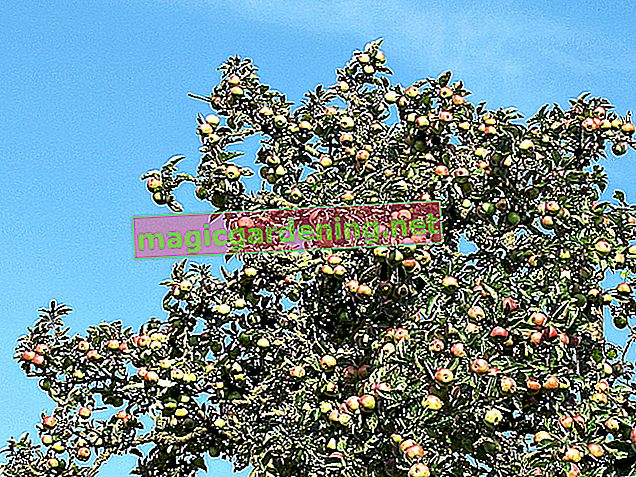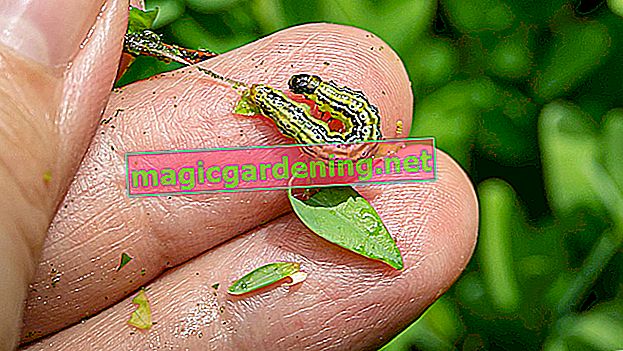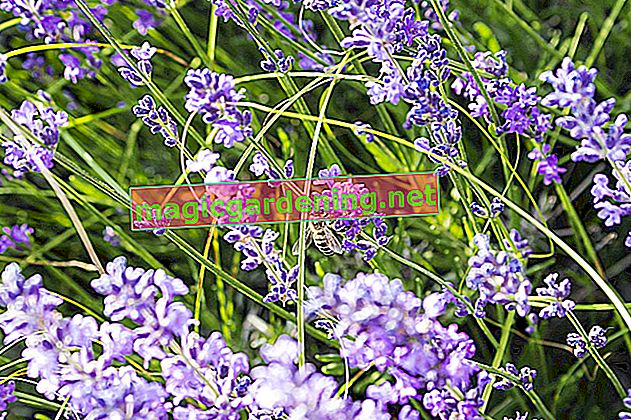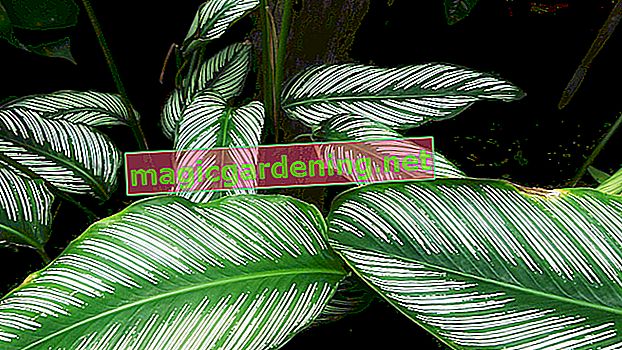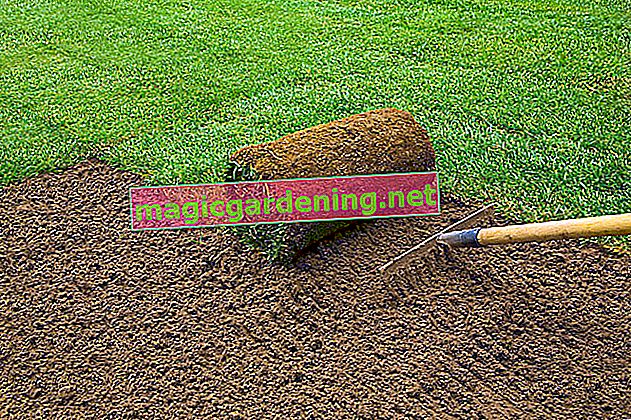
Different cutting requirements for the different types of pear
The columnar growth is genetically anchored to different degrees in different cultivars of the columnar pear and must therefore also be supported to different degrees by cuts specifically made on the pear tree. For example, the columnar pear variety 'Condora' is characterized by a relatively strong growth of the side shoots. So if a columnar shape is to be achieved or retained, the side shoots must regularly be shortened accordingly. This cut, known as “pinching”, is hardly necessary for a pear tree of the columnar pear variety 'Decora', as this variety grows all by itself in an almost perfect columnar shape.
also read
- Different varieties of pillar pear
- How do I optimally attach a swing?
- For abundant year-round flowering - plan the flowerbed optimally
The right time for the topiary
Since the dominant central shoot is very important for the fruit set in columnar pears, its growth should be accelerated by targeted pruning measures. Ideally, the following points should be observed when pruning from mid-June to the end of June:
- Shorten the side shoots to around 2 to 3 buds or a length of 10 to 15 cm
- make all cuts just above one eye / bud
- always work with clean, sharp secateurs
- Remove broken or dead branches promptly
When a columnar pear reaches the age of about 7 years, the central shoot should also be cut in order to regulate the growth in height and force better branching.
Regulate the height specifically
If a pear tree in the shape of a column (for example for cultivation on a balcony) is to remain particularly small, the dominant central shoot can be cut back earlier than at the age of 7 years. However, if the height growth is limited in this way, it should be expected that the side branching of the pillar, which is all the more pronounced, must be kept in check by appropriate cutbacks.
Tips
If the desired yield is still not achieved years after a columnar pear has been planted, this does not necessarily have to be related to incorrectly pruning or certain location factors. Since pear blossoms are somewhat more “picky” when it comes to pollination than many other blossoms in the plant kingdom, a pollinator variety may be necessary in the immediate vicinity for some varieties of pillar pear.

